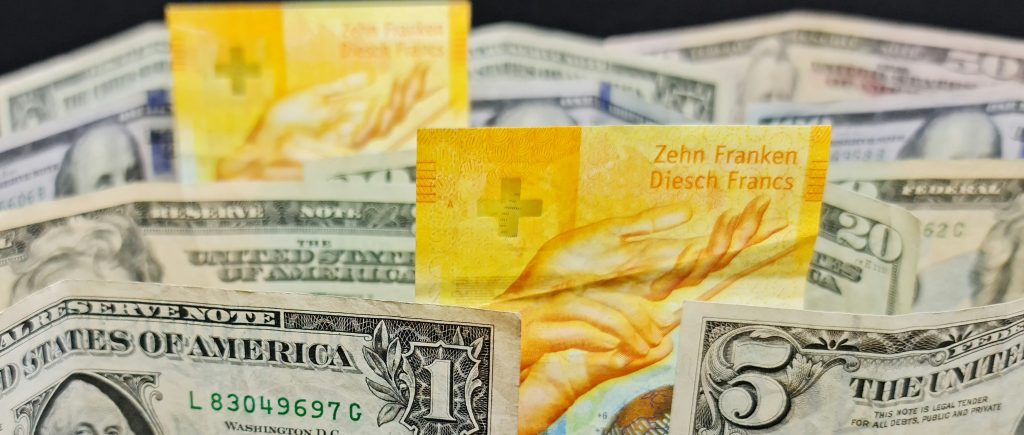Markets were hit by a wave of risk aversion on Monday, benefitting the safe-havens and hurting the risk-sensitive currencies, though the latter group had pared back on much of their earlier underperformance by the end of US trade as risk appetite recovered.
Market commentators said that geopolitical concerns about the rising risk of a new Russian/Ukrainian military conflict and equity investor worries about Fed tightening were the main drivers of the broadly downbeat tone on Monday.
JPY, EUR and CHF all look on course to end the day about 0.2% lower versus the US dollar, with EUR/USD holding above 1.1300, USD/JPY rising back to the 114.00 area and USD/CHF rising back towards 0.9150.
As it became clear that the risk asset sell-off (led by US equities) had gone too far, dip-buyers returned to the market and the major US equity indices enjoyed a ferocious intra-day recovery from lows. The S&P 500 ended the session 0.3% higher, up an incredible 4.5% versus earlier intra-day lows.
The hardest risk-sensitive currencies recovered in tandem. AUD/USD, which had dipped as low as the 0.7090s where it traded over 1.1% lower, recovered back to the 0.7140 area, down a comparatively modest 0.5% on the day.
Coming up on Tuesday, Aussie traders will be watching key Q4 Consumer Price Inflation data that could, if hotter than expected, bolster hawkish RBA policy bets and further facilitate the rebound.
USD/CAD, which had risen as much as 1.0% to above 1.2700, was last trading in the 1.2630 area, up about 0.4% on the day. NZD/USD, which was last down 0.2%, recovered back to 0.6700 from an earlier dip as low as the 0.6660 mark, which was its lowest point since November 2020. Kiwi traders also await key Consumer Price Inflation data for Q4 out on Thursday.
Among the more risk-sensitive G10 currencies, GBP/USD recovered back to the 1.3480s from a brief dip below 1.3450, where it continues to trade lower by about 0.5% on the session. Broadly weaker than anticipated flash January PMIs didn’t help the British pound, though arguably support the case for more BoE rate hikes given their continued strong inflationary signal.
The US dollar was the safe haven of choice and the top-performing G10 currency of the day, with the DXY rising about 0.3%, though in the end failing to hold above the 96.00 level as risk-appetite recovered later in the session. Nonetheless, it reached its highest point in two weeks, aided by hawkish Fed chatter/concerns, while much weaker than expected flash Services PMI data was shrugged off as a result of the temporary Omicron impact rather than any underlying economic weakness.

 Noor Trends News, Technical Analysis, Educational Tools and Recommendations
Noor Trends News, Technical Analysis, Educational Tools and Recommendations




